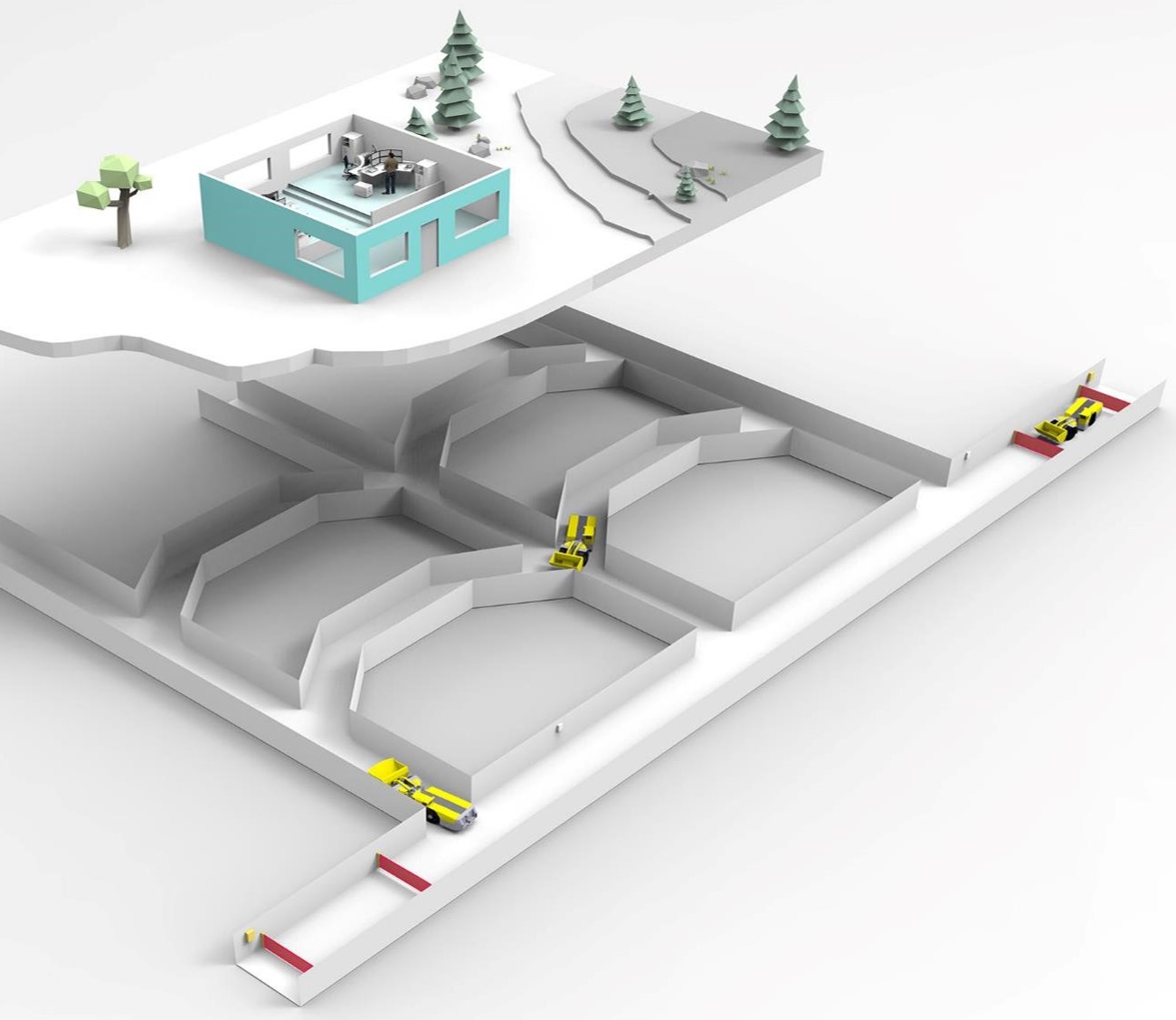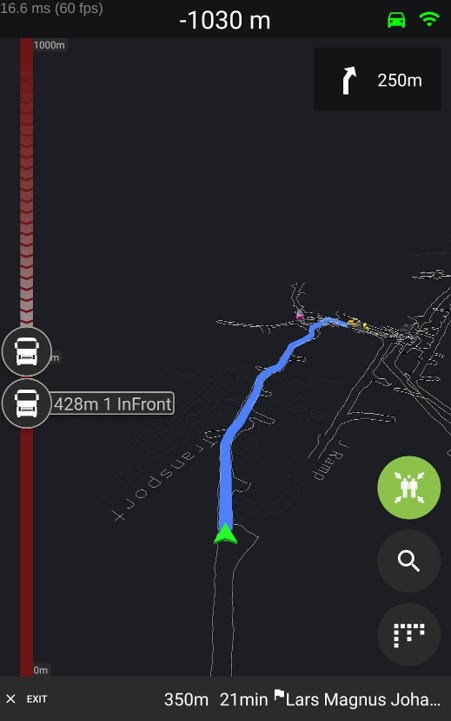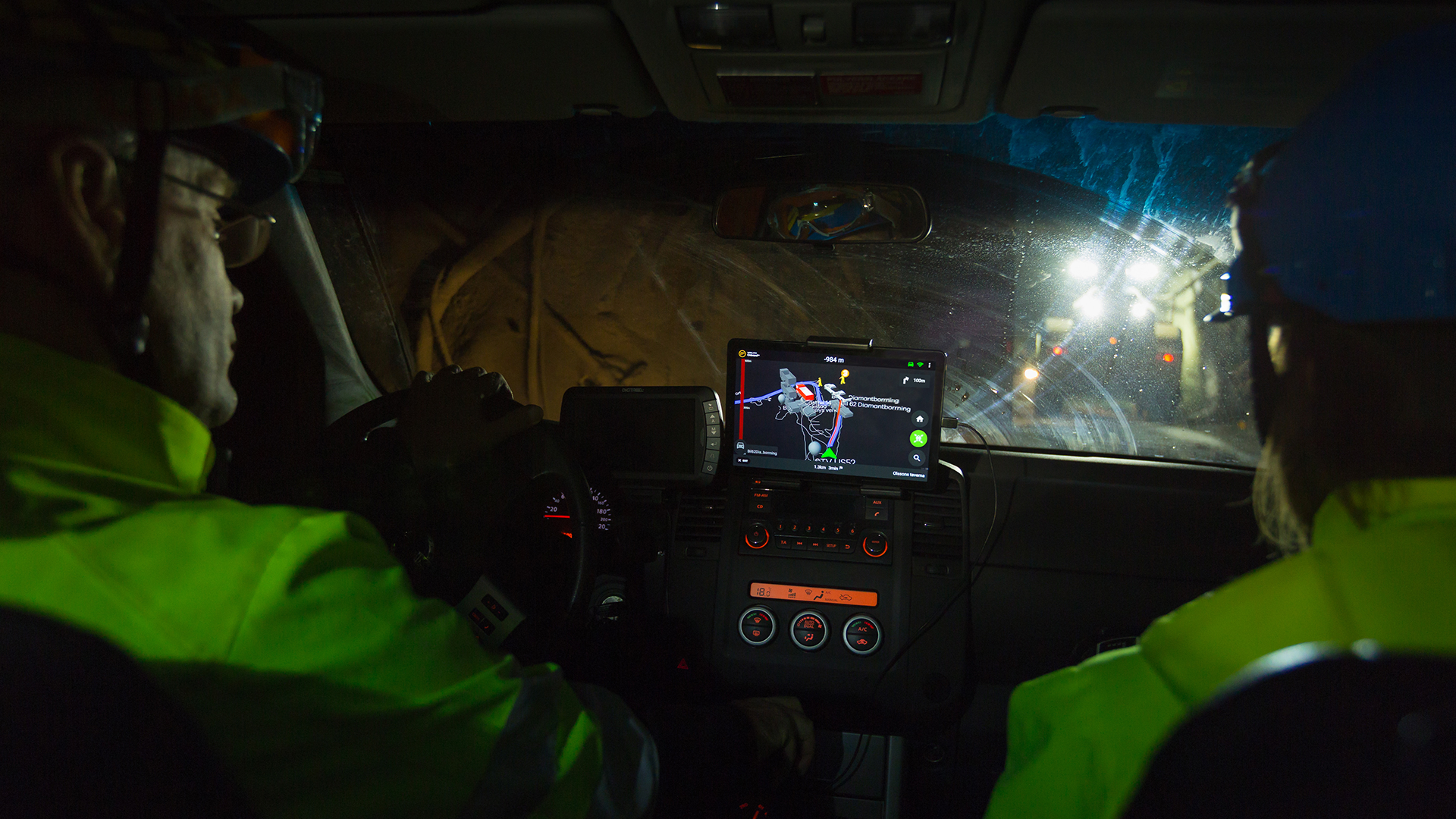
Autonomous Vehicles in Mixed Traffic

“Autonomous vehicles in mixed traffic will focus on investigating how to make two vehicles meet and pass each other in a safe way underground. We also aim to contribute to setting laws and regulations for this area. “
– Armin Beslagic, Epiroc

My name is Armin Beslagic and I will be WP leader for WP7 “Logistics and rock stress monitoring.”
I have been within Epiroc for 12 years. Most of my time I have been working as a Project Manager, either with Customer Orders or New Development Projects.
That’s everything from a smaller customer demand to electrification of our products.
In my spare time I prefer to enjoy the nature especially while fishing.
Autonomous vehicles in mixed traffic will focus on investigating how to make two vehicles or moving objects meet and pass each other, and also collaborate, in a safe way underground, and without the safety margins suffering. This will be a complex task and no one has never accomplished this underground before.
The plan is, in short, to get an autonomous machine to meet a manually driven vehicle and the other way around. One of the machines will be the master, who is expected to get priority in the tunnel. The other machine or obstacle must then give space to the master and find a parking lot when the master vehicle approaches. When a signal tells that the road is free, the master machine can continue on and pass the parked machine, that will leave the parking lot when the master has passed. The machines need to collaborate, communicate and be connected at all operating time. This will be a key for safety and success.
Our work in this area also includes a part that aims to understand and contribute to setting laws and regulations for mixed traffic underground. The ambition is to further develop and improve the regulations for this. The documentation in this area is very limited at the moment, which gives us the opportunity to add our opinions to the case and be a part of this journey.
Why this matters
This work will give the opportunity to optimize the flow in a mine, which increases both safety and productivity.
An autonomous fleet of underground autonomous battery loaders and minetrucks can operate in the same area at the same time without risk for collisions. In addition to this, one operator can monitor and keep perfect control of several units, thus getting a good flow and optimizing the utility of the vehicles.
This will improve the operators’ health and work environment as well as allow perfect control over the maintenance cycle of the equipment. Maintenance will be easier to predict without the human factor involved and the machine performance can be improved through optimized operation. There will be less waiting time and less queues will occur at different spots and the mining sequence will be easier to predict with less or known bottle necks.
How we work
We have split the tasks into smaller pieces to be able to get an understanding and approach every piece of the task step by step. Every operation will have its own part of the software that will be designed, tested and thoroughly compiled for success to take place. At the early stage, the software will be tested in a software environment and later on there will be sharp testing on the autonomous machines.
When the work on the software has been completed, a demo will take place to show how an autonomous underground vehicle will start in a position and then:
1. Move forward until it recognizes an object
2. When this object is detected the machines stops and decides who has priority and who must give place
3. The master machine waits until the other object has found a parking lot and given a signal
4. The master machine starts to detect if the path is clear, and if so continues on
5. The parked objects starts to move again when the master vehicle has passed
6. Mission completed
Our challenges
The largest challenge is the tight schedule – within a limited time frame we need to design and invent something that is new and has never been handled before. To make that happen is a challenge.
Everything from small movements to interaction between the machines will take place. The large and heavy vehicles must be considered as very dangerous equipment during the entire operating time, and we have to keep control of their movement at every single second. This makes connectivity and connection a key to success. This requires a very high level of interaction between our focus area and the one dealing with connectivity and positioning, as well as AI-powered fleet optimization. The connectivity and positioning system must always work, so that we can achieve full safety at all movements, all the time. No matter what. Safety must always come first and cannot be questioned.
Our goals
Laws and regulations for mixed traffic underground
Our ambition in this area is to further develop and contribute to the regulations for mixed traffic underground. The existing documentation is very limited, which gives us the opportunity to add our opinions to the case and be a part of this journey. How we can do this and how to present it will be worked out through the project.
Mixed traffic underground
Allowing two vehicles to cooperate in the same area at the same time is one of the missions. Making this happen while still putting safety first is a challenge. We are aiming at having two vehicles in the same tunnel and letting them meet and pass each other without harming or collide with each other.
This action will take place with one autonomous and one manually driven vehicle. Both are to leave space for each other, but one at a time. In the first case the autonomous machine is the master and has priority over the manual one and in the next case, vice versa.

Mobilaris Onboard

